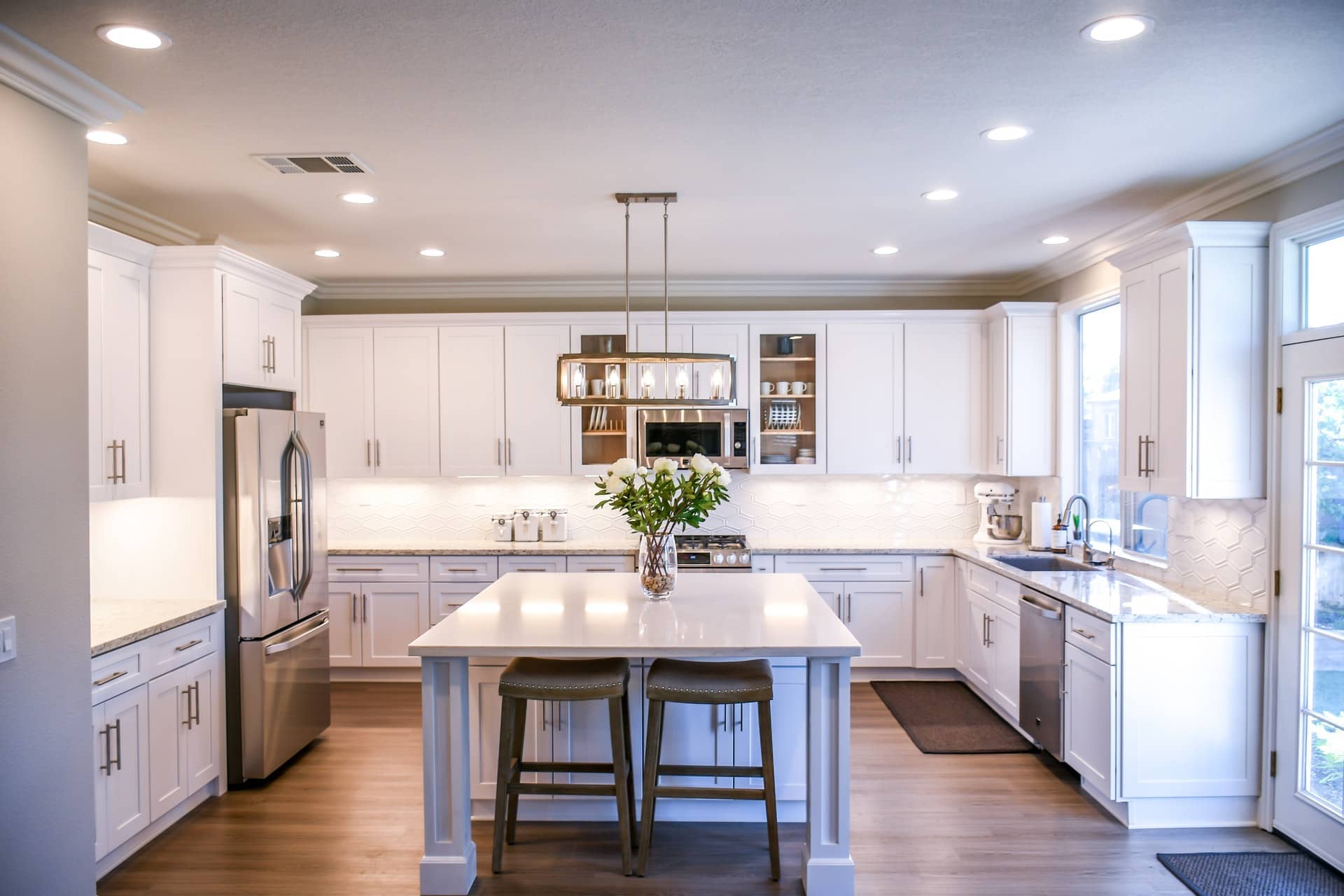Introduction: Your Complete Guide to Drywall Installation
You've landed on the ultimate drywall installation manual! Drywall is more than just a backdrop for your paint; it's a foundational element that adds both stability and visual flair to any room. But don't let its simplicity fool you. The installation process demands attention to detail and a good grasp of specific techniques, from cutting the sheets to the fine art of taping, mudding, and smoothing them out.
The stakes are high when it comes to drywall installation; the better the job, the higher your property's value. That's why it's essential to invest in a reputable drywall contractor who knows their stuff.
In the following guide, we'll arm you with all the know-how you need for your drywall project. From picking a top-notch contractor to diving into the various finishing options, we've got you covered. By the end, you'll be able to navigate the drywall universe with confidence.
Why Hiring a Professional Drywall Contractor Is Crucial
Think drywall installation is a weekend DIY affair? Think again. Professionals bring more than just muscle to the table; they come armed with the kind of expertise and equipment that can make or break your project. Bungled drywall jobs can lead to a host of issues down the line—think unsightly cracks or even shaky walls—that'll hit your wallet hard when you try to fix them later.
On top of their technical chops, pro drywall contractors are clued into local building regulations, so you can rest easy knowing your project's up to code. They’re also seasoned project managers, juggling the timeline and budget like pros and making sure other tradespeople are in sync. Hiring a professional isn't just about getting the job done; it's about getting it done right, on time, and without any drama.
Tips for Choosing the Best Drywall Contractor in Your Area
Picking the right drywall contractor is more than half the battle in ensuring your project's success. A good place to start? Word of mouth. Talk to friends or neighbors who've had similar work done, or hit up the internet for reviews and ratings. Once you've got some names, don't hesitate to ask for price estimates from multiple pros.
- Going with the cheapest option might not always be the best idea. Remember, quality often comes at a price.
- Feel free to ask for a portfolio or customer reviews to get a sense of their craftsmanship.
- Find out how they plan to execute the project, including whether they'll be subcontracting any tasks. This could affect both the project's timeline and quality.
Doing your homework before settling on a contractor can spare you future headaches and unexpected expenses.
Understanding Different Types of Drywall for Your Project
Getting a grasp on the different kinds of drywall out there is key to making a smart choice for your renovation or construction.
- Standard drywall is the usual pick for most home interiors.
- In moisture-prone zones like bathrooms or basements, consider moisture-resistant or "green board" drywall.
- When fire safety is a must, like in kitchens or garages, fire-resistant drywall is your best bet.
- For spaces where you'd like some peace and quiet, such as bedrooms or home theaters, soundproof drywall is a good choice.
- Mold-resistant drywall comes in handy for areas susceptible to mold and mildew.
Each variety comes with its own set of features and best-fit scenarios, so talking it over with your contractor is a wise move. The right drywall not only extends the life of your walls but also enhances the overall safety and coziness of your home.
Step-by-Step Guide to the Drywall Installation Process
Installing drywall is a detailed task that demands thorough planning, accurate measuring, and skillful execution.
- Start by framing the walls and ceilings, and then proceed with any necessary electrical and plumbing work.
- After the groundwork is done, measure and cut the drywall sheets, attaching them to the framing with screws.
- Next, seal the joints between the sheets using joint tape and compound, often referred to as "taping and mudding."
- Sanding comes after, aiming for a silky-smooth wall surface.
- The finishing touches of priming and painting bring your wall to life, making it ready for use.
The process is not only labor-intensive but also time-sensitive. That's why enlisting a professional drywall contractor ensures the work is both efficient and up to the mark.
